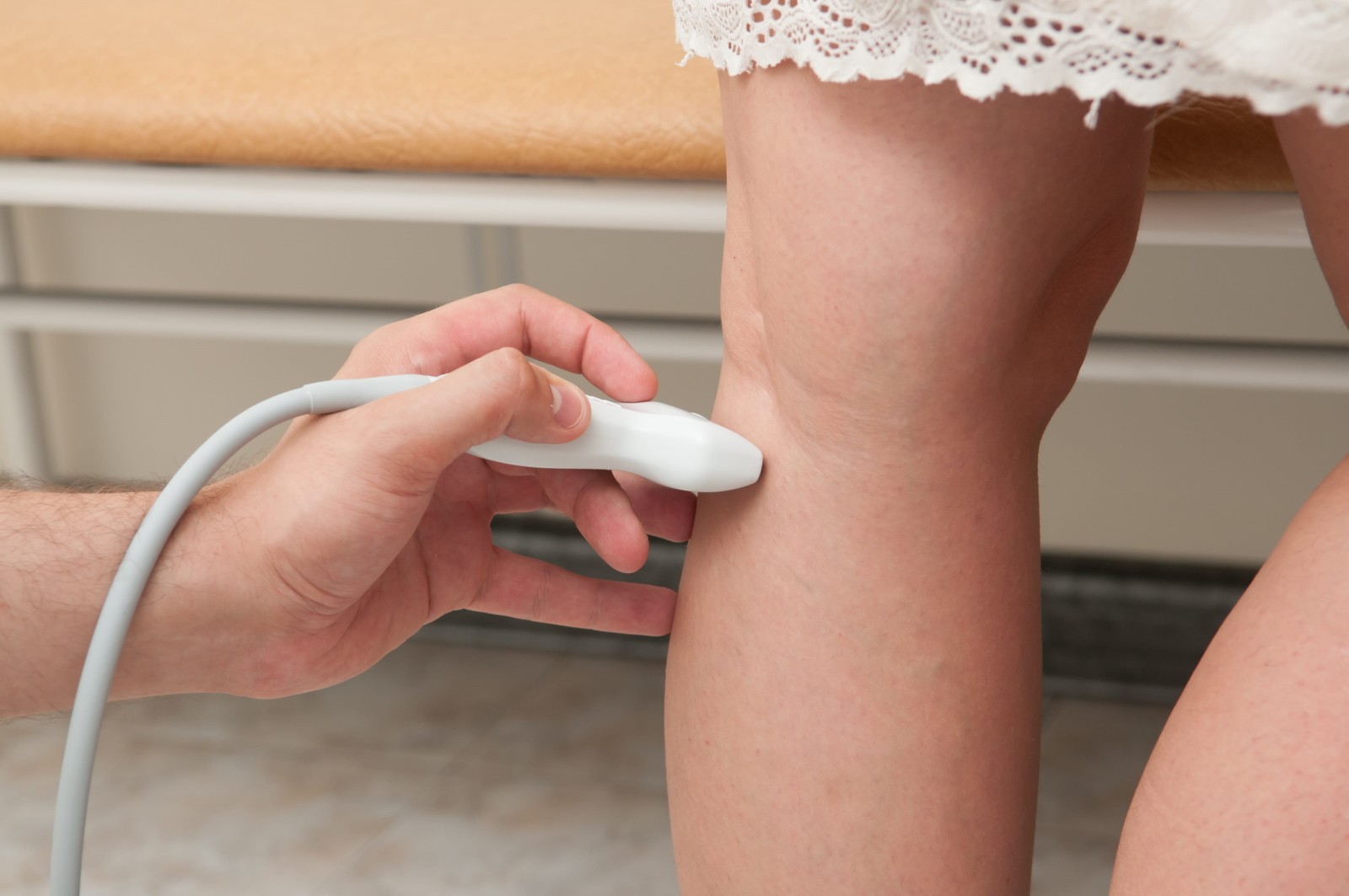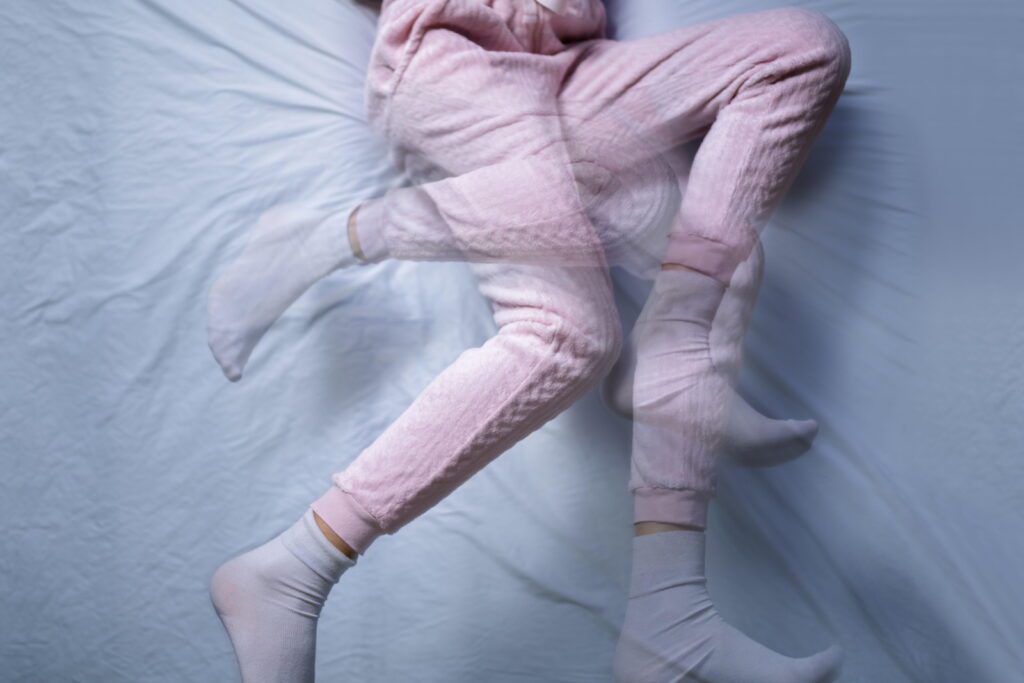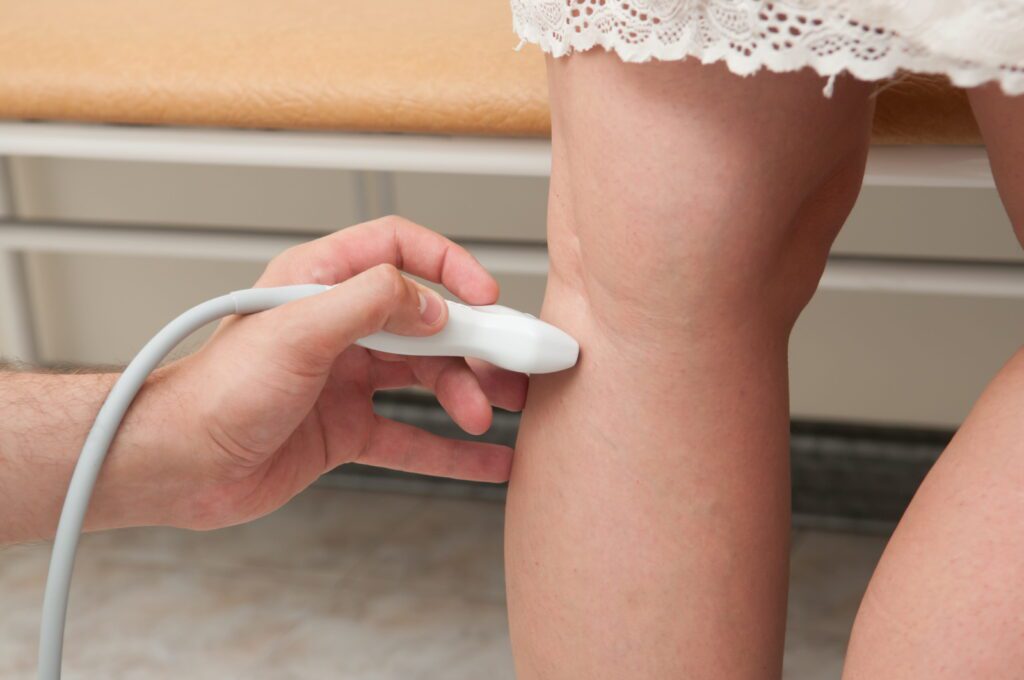Tingling in Lower Legs: What It Means and When to Worry About Vascular Issues
Author: StrideCare Internal Team

What Does It Mean If My Leg Feels Weird From the Knee Down?
Do you experience tingling in lower legs? It could be an underlying symptom of vein or vascular issues. You might think that tingling sensations and that feeling of pins and needles in your foot or lower leg are typically temporary and nothing to worry about, but it could be something to talk to a doctor about.
If you’re experiencing tingling in your calf or numbness in your left leg below the knee, you might be dealing with poor circulation or nerve compression. Tingling in lower legs that doesn’t go away or seemingly happens for no reason could be related to vascular issues such as peripheral arterial disease (PAD) or a condition known as restless leg syndrome. If left unchecked, what started as a minor issue may get worse and lead to additional complications.
Are You Experiencing Any of These Symptoms?
- Numbness below the knee
- Prickling, burning, or pins and needles sensation
- Numbness, pain, or weakness in your legs
- Painful cramping in legs or hips
- Uncontrollable urge to move your legs while sitting or resting
- Difficulty falling asleep or staying asleep
- Itchiness
- Cold legs and feet
What Causes Tingling in Lower Legs?
There are numerous reasons why you are experiencing lower leg tingling, and many are not a cause for concern. It could be as simple as you curled up on the couch for too long and lost feeling in your legs temporarily—in other words, your legs “fell asleep.” Postural or sleeping habits can also put pressure on nerves or reduce blood flow in the lower limbs. In any of these cases, the tingling is soon relieved by uncrossing your legs, standing up and moving around, or removing whatever external pressure caused it.

But in some instances, lower leg tingling may be a sign of something worse. Other possible causes could be a nerve injury, sciatica, or a herniated disc in your back. Diabetes is also a culprit of numb or tingling extremities, as is multiple sclerosis, Vitamin-B deficiencies, side effects from certain medications, and yes, vascular issues. While there are many vascular issues that could lead to lower leg tingling, our team at StrideCare would like to focus this article on two of the more common culprits: peripheral arterial disease and restless leg syndrome.
1. Peripheral Arterial Disease (PAD)
Peripheral arterial disease, also known as arteriosclerosis, affects 8.5 million U.S. adults and 113 million people worldwide. It is a vascular condition characterized by plaque buildup on the walls of the major blood vessels or arteries. When this plaque is allowed to build up, it creates narrower openings for blood and oxygen to pass through. Restricted blood flow or a complete blockage to the extremities can cause pain or lower leg tingling sensations.
PAD in its most severe form of “no blood flow” is called critical limb ischemia (CLI). Beyond lower leg tingling, it can trigger a heart attack if the arteries that supply blood to your heart are blocked and the plaque ruptures. It can also result in possible leg amputation. The Centers for Disease Control (CDC) says that up to 4 in 10 people with PAD don’t have symptoms. But in almost every case, sluggish blood flow caused by PAD will progress from no symptoms to varying leg pain.
Additional signs that you have poor blood circulation issues because of PAD include.
- Numbness in feet or toes (not just lower leg tingling)
- Dry, discolored skin on the legs and feet
- Open sores or ulcers that don’t heal
- No pulse or weak pulse in legs and feet
- Thickening toenails
2. Restless Leg Syndrome (RLS)
Restless leg syndrome can happen when blood is not emptying out of the legs properly. It is commonly associated with lower leg tingling, prickling, and pulling sensations in the legs that can vary from a mild annoyance to something that interrupts your ability to sleep and lead a normal, active lifestyle. Most patients who struggle with RLS say they have a constant need to move their legs to alleviate the symptoms.
What many people don’t realize is that RLS is technically classified as a sleep disorder since the symptoms come and go and usually only happen at night. Approximately 1 in 10 adults suffer from restless legs, and only a few people know about it or how to recognize it when it’s happening—so they suffer in silence.

A few symptoms of RLS include:
- Uncontrollable urge to move your legs while sitting or resting
- Tingling in lower legs
- Difficulty falling asleep and staying asleep
- Itchiness
- Burning, aching, prickling, tingling, numbness, tugging, and pulling
How Do I Improve My Lower Leg Tingling?
If you are concerned about your tingling in lower legs because of peripheral arterial disease or restless leg syndrome, here are a few ways to improve your symptoms and/or reduce your risk factors:
- Quit smoking
- Exercise regularly with doctors permission
- Get leg massages regularly
- Avoid alcohol and caffeine
- Eat healthier to lower cholesterol and blood pressure levels
- Maintain a healthy weight
- Use hot baths, ice packs, and heating pads
- Take the medication prescribed by your doctor
- Make and attend all doctor’s appointments
If these methods do not work, see a vascular specialist for minimally invasive treatments. To determine the cause of your lower leg tingling, we use the latest ultrasound equipment. This allows us to get an inside look at the performance of your vascular system. Our experts will perform diagnostic venous ultrasound on your legs. We pay close attention to every detail to determine if the cause of your symptoms is vein related. Depending on your diagnosis, our team will determine the most effective treatment option for you.

Call StrideCare for Help with Lower Leg Tingling and Vascular Issues
Tingling in lower legs and other complications will only get more frequent if left untreated. Vascular issues such as peripheral arterial disease, restless leg syndrome, and others—which are typically the underlying cause, do not cure themselves. It is important to recognize vascular diseases in their earliest stages and seek help from a medical professional who can guide you on your next steps. StrideCare has long been a leader in performing leading-edge procedures to treat vein disease and help patients with vein-related or arterial-related symptoms such as lower leg tingling. The vascular physicians at Stridecare are board-certified diagnostic radiologists with additional fellowship training in vascular and interventional radiology. We will do our best to get you on the road to healthier-feeling legs.
If your veins need treatment, or you have questions about lower leg tingling and would like a vein screening, the experts at StrideCare will recommend an individualized plan to help you get the best results. Request an appointment for a vein disease evaluation to discuss your options.
Prior to starting any new treatment or questions regarding a medical condition, always seek the advice of your doctor or other qualified health provider. This information is not a substitute for professional medical advice.
StrideCare serves the South Texas area including Houston, San Antonio, Austin, Round Rock, Bastrop, Brushy Creek, Cedar Park, Converse, Georgetown, Hutto, Kyle, League City, Leander, Marble Falls, New Braunfels, Pasadena, Pearland, Pflugerville, San Marcos, Schertz, Sugar Land, The Woodlands, Universal City and more.


